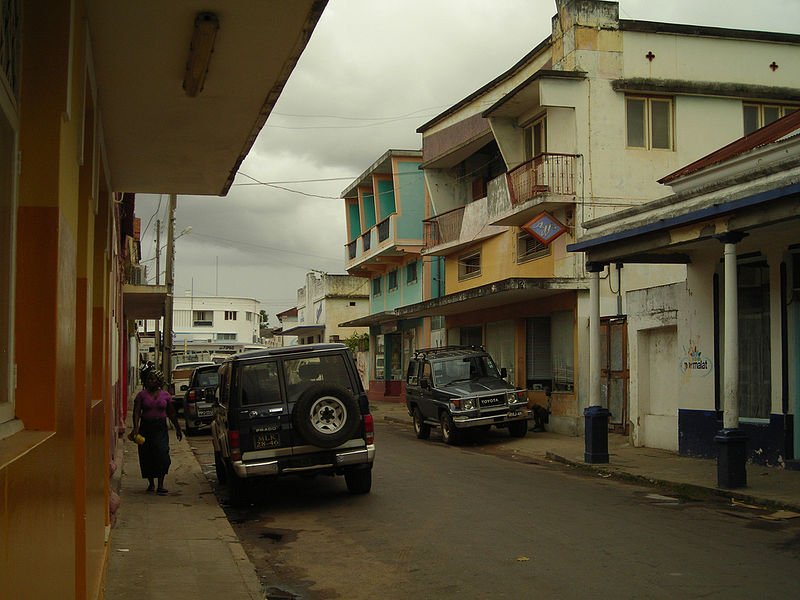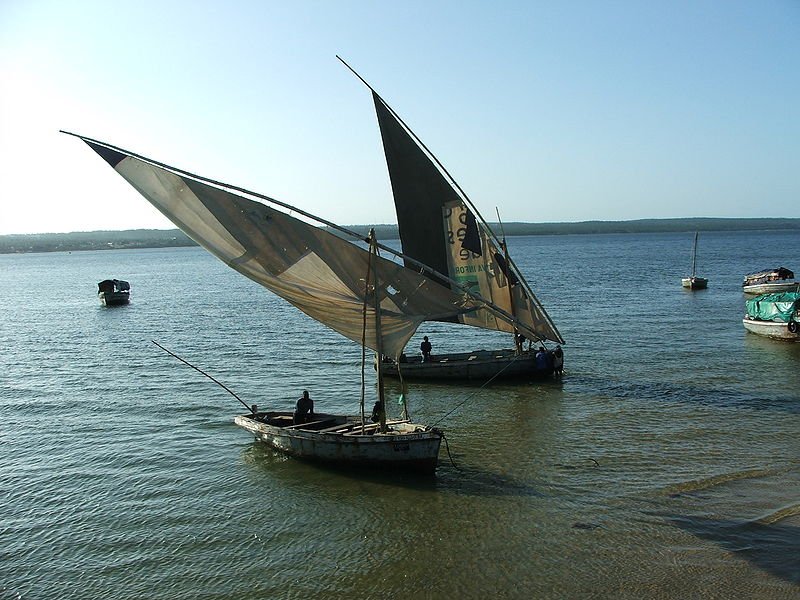Inhambane is a town on the southern coast of Mozambique, about 470 km to the northeast of the capital, Maputo. The town has a population of about 70,000 people (2011 estimate). It is a slow-moving town that in recent years have caught the attention of tourists.
Inhambane has a long history going back to the 11th century, when Arab and Persian traders arrived here to trade. They traded pearls and ambergris for the local cotton produced by the Tonga tribe. Shortly before the arrival of the Portuguese in the area, the town was captured by the Karanga tribe that then controlled the cotton trades.
Vasco da Gama was the first Portuguese to arrive in Inhambane, when he docked to replenish stocks. Taking a liking to the town, he renamed it Terra de Boa Gente, meaning Land of Good People. The initial contact with the Karanga chieftains led to the establishment of a Portuguese trading post in Inhambane in 1534. It also became the site of the first Jesuit mission in East Africa, established by the Portuguese in 1560.
 Inhambane, Mozambique
Inhambane, MozambiqueSource: https://commons.wikimedia.org/wiki/File:Inhambane_street.jpg
Author: Johanne Worsaae

 Dhaws at Inhambane port
Dhaws at Inhambane portSource: https://commons.wikimedia.org/wiki/File:InhambaneDhaw.jpg
Author: Petrberka

Today Inhambane has a new lease on life as a developing tourist destination. It is becoming increasingly popular among scuba divers, as the ocean off Inhambane is a good place to view giant manta rays, whale shares and sea turtles. The beach of Praia do Tofo, 22 km from the city center, is known as the "Whale Shark Mecca of the World".
Visiting Inhambane
There are a number of direct flights from Maputo to Inhambane. The alternative to that is to take the notoriously potholed roads and unscrupulous petrol station attendants who make it a habit to overcharge or swindle tourists. Latest updates on Penang Travel Tips
Latest updates on Penang Travel Tips

Copyright © 2003-2025 Timothy Tye. All Rights Reserved.

 Go Back
Go Back